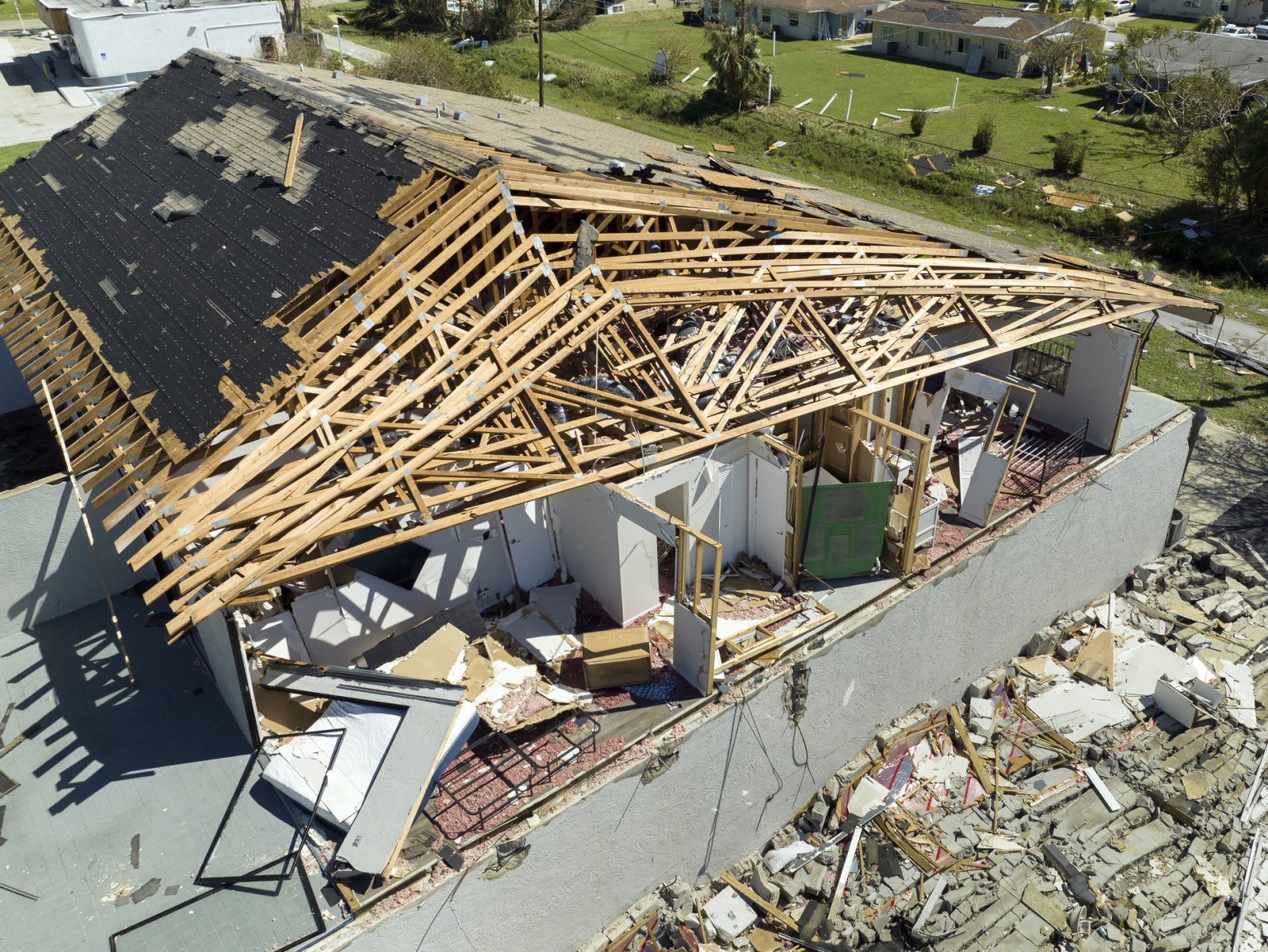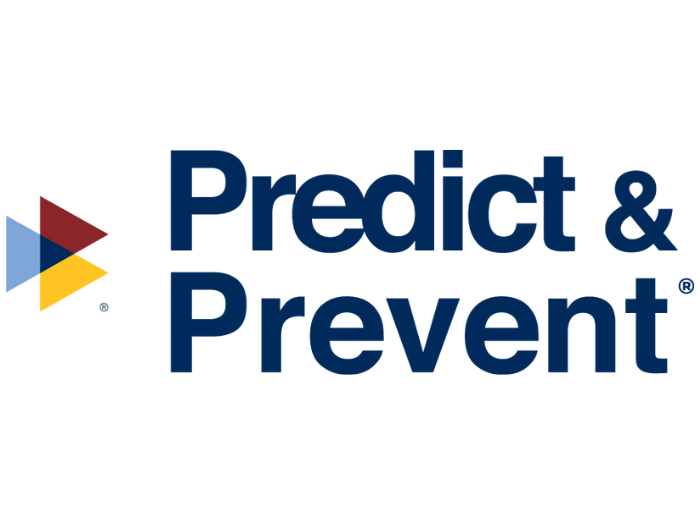Reinsurers: Imagine a World Where a Global Data Format for Catastrophe Modeling Exists. A More Efficient Future Is on the Horizon
Re/insurers widely use catastrophe modeling, and it is a vital tool in risk management. However, supplying the necessary data in different formats to multiple carriers is almost always a laborious, time-consuming and thankless task.
The process is clunky: An organization puts together a statement of value — a spreadsheet listing the assets to be insured — and passes that on to the broker, who creates a slip with the organization’s address and information that may include total insured value, details about the assets, the limit and any sublimits.
The broker then sends this data to multiple carriers that will “clean” it to fit the standardized import requirements of their particular catastrophe modeling platform, making sure no information is missing or insufficient before coming back with a risk price.
If you want to change CAT modeling providers, the operational workflow must also change to get the data into a different format. A significant obstacle stopping reinsurers from using multiple CAT modeling vendors is that each supplier uses a different data standard — and there is no agreement about a single data format.
Organizations Seeking a Standard
Fortunately, things are changing for the better.
Nasdaq Tech (formerly Simplitium) created the Open Exposure Data (OED) format, which aims to be an industry-standard format for exposure data.
Additionally, the Europe-based Risk Modelling Steering Group (RMSG) — a working group within the Insurance Development Forum – and the North America-based Catastrophe Resiliency Council (CRC) are each seeking to increase the adoption of the new OED exposure data standard in their respective markets.
Both organizations aspire to create and adopt a global data format that will allow industry stakeholders to transform their data into the CAT model import format of their choice, pass data between one another, use multiple models and switch between vendors more efficiently.
While this would be welcome progress, there is still resistance from some companies that don’t want to change the way they have been operating — either through inertia or fear — because it’s not yet a proven format.
Eventually, however, I predict most organizations will join the OED initiative as it continues to gain industry support. Corporate leaders realize the benefits of freeing their team members to do more challenging and exciting work.
No Need to Manually Cleanse All the Data
Eight years ago, I gave a talk on catastrophe modeling at a conference, and I asked the audience how many of them had degrees. As most of them were atmospheric scientists, geologists and volcanologists, they all put up their hands. I asked how many had a master’s degree, and around half of them responded. A quarter of the room of 200 people had PhDs.
I then asked how many regularly “cleanse data” in a spreadsheet, and pretty much everyone put their hands up.
I asked, “Why, with all your qualifications, are you doing hands-on rudimentary data management tasks?”
There was a sharp intake of breath, but I told them rather than doing very low-value tasks, they should be researching the assumptions and methodologies of CAT models, creating new ones or giving an opinion on the results.
But they should not be moving data around to put into a model.
Technology at Its Finest
Today, we are making great strides in leveraging technologies like machine learning and artificial intelligence (AI), which are being implemented alongside the OED standard to amplify the benefits to organizations.
For example, the company I work for, Xceedance, created a platform that takes raw client data in whatever format provided and uses AI, machine learning and other technologies to identify the right data points, standardize the columns and clean the data.
It also flags instances where data is missing or doesn’t make sense — for example, if the data indicates a 50-floor building made from brick — and point out the possible error. The platform then outputs the standardized, scrubbed data and allows clients to choose either OED or CEDE formats.
Manual intervention is still required with people watching over the process and doing quality checks. It’s not yet feasible to do this as a fully automated operation. Perhaps in five years, the process will be fully automated as technology improves, but we’re not yet there.
The Very Real Benefits of CAT Modeling Standards
Meanwhile, if the global market adopts an industry-standard format for exposure data, it will bring several immediate benefits to re/insurers:
- It will allow them to become model-agnostic, using a consistent method of sending data to the relevant exposure or CAT platform.
- They wouldn’t have to rely on a single model supplier. With a common data standard, they could use multiple model platforms simply by running various iterations from the same database of scrubbed data.
- Switching between model providers would be simpler, increasing competition and reducing cost.
Having all data — including exposure data, modeled loss and claims data — in a single place would enable data scientists to analyze it and uncover hidden value. Those new business insights could help companies refine existing products and create new ones that meet previously unknown or insufficiently understood market needs.
Additionally, having a single industry-standard data format would give re/insurers and brokers a more robust business case for automating their processes, considering a majority of those processes will stay the same regardless of which downstream CAT modeling platform they use in the future.
The development of a flexible, industry-standard data format would streamline the CAT modeling process, making it more efficient and cost-effective and simplifying the work of almost everyone involved in CAT modeling.
The result would be that highly-skilled insurance professionals would be freed from a burdensome and time-consuming task, allowing them to use their talents more appropriately and make their work more fulfilling. &










